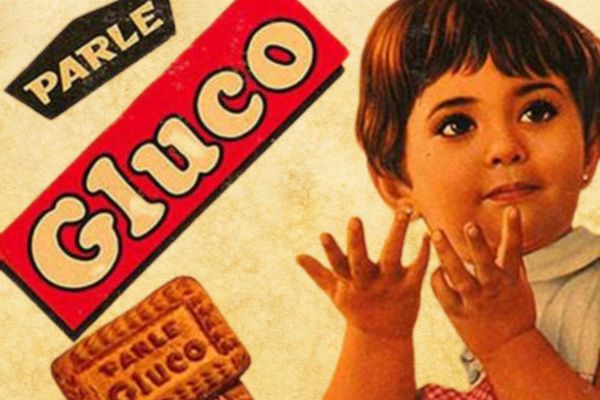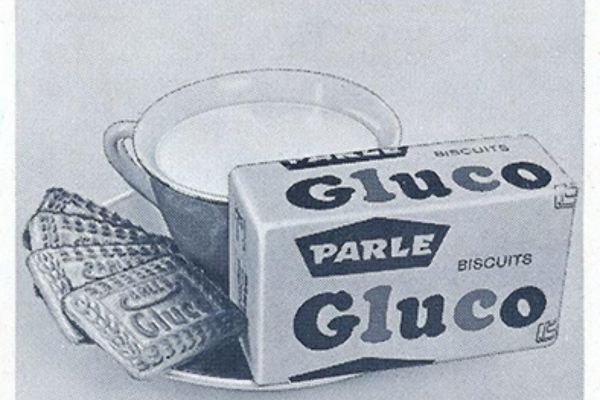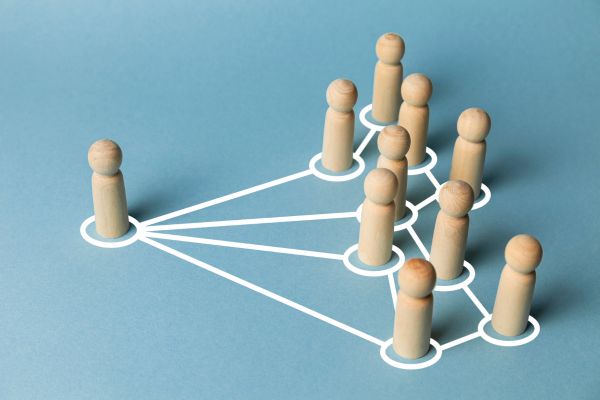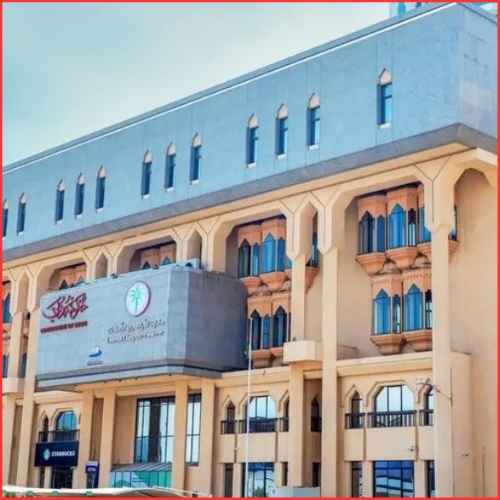We all know the humble beginnings of a company, often started at small and minute garages, to a room, to provide services to the general public. One such brand is Parle-G, which now is a staple to every Indian’s taste buds. The brand is now known for its astounding brand image, and trust over the general public, which it created among its employees as well as its consumers.
Parle Products is a profitable company that was founded in 1929 in India. It was first started by the Chauhan family of Vile Parle, Mumbai. The founder, Mohanlal Chauhan whose upbringing was from Pardi, near Valsad in Gujarat, decided to move to Mumbai to make a living. During the starting years, his first business was tailoring. However, it was not profitable and enough to make ends meet, so he moved into the food business by selling snacks, which turned out to be a great opportunity for growth.
Parle-G Origins:

Mohanlal Chauhan found that English snacks, sold in Western-style bakeries, was a more profitable venture than other snacks. He took the help of his Parsi contacts to move into that sector. Hence, this posed a new environment for growth in the future.
Mohanlal decided to start a bakery, which made bread, scones, biscuits, nankhatai, buns, rusks, turnovers, etc. Mohanlal was able to expand his business, as he was blessed with five sons, who worked under him together.
After this, Parle finally began its memorable journey of manufacturing biscuits, in 1939. But this had a condition, as they only had a license to supply the biscuits to the British Army only. However, this situation completely switched up after India became independent of British rule in 1947. Parle made a quite clever move, and took advantage of the situation by starting an ad campaign, in which they presented their glucose biscuits, as a healthier and Indian alternative to the British Biscuits, as British products were completely boycotted during Mahatma Gandhi’s fight against British rule.
The Rise of Parle-G:

Image credit @Parle G
During the starting days of the company’s popularity among the Indian population, Parle-G biscuits introduced itself in such a way that it quickly grasped the attention of millions. They were quite affordable choice among other glucose biscuits available in the market, along with a palatable and soothing taste, and were easily accessible at local and nearby stores. The biscuits were also part of a smart marketing campaign, which was often displayed as an energy-giving and filling snack, which was fair as they had and still continue to have good nutritional content with a good amount of fiber, making them a popular choice among students, athletes, and people who engaged themselves in physically demanding work.
But this was not it. Parle as a company introduced a series of products that were of Indian liking after the abolition of British products took place. This not only helped them to grow in the market but also win trust over the Indian population through their products and history.
Subsidiaries and other ventures:

We often think of Parle as a mere snack and biscuit-selling company, but it has a deep lore attached to its history. It had and still has many other noble companies under it, which is quite a surprise.
The Parle company split itself into three parts, whose ownership was shared among the different members of the Chauhan family itself. This happened mainly because of Ramesh Jayantilal’s difference in lifestyle among his older brothers.
Hence, the three divisions consisted of Parle Products, which dealt in products like Parle-G, 20-20, Milkshakti, Poppins, etc.
Parle Agro in 1960 is an owner of brands like Frooti and Appy.
Lastly, Parle Bisleri, Led by Ramesh Jayantilal Chauhan has Bisleri water as its only primary product.
These companies were seen as different separate ventures, however share a similar history to its roots and haven’t changed ever since. The only thing which changed was the share of the companies since its commencement and its further initiated division.
But still all three brands continue to use the same trademark “Parle”. This also caused a feud between the two companies, Parle Products and Parle Agro, as Parle Agro expanded its field of products to confectionery items, which was sold under the same trademark.
However Parle products were already dealing in similar products under the same trademark. This argument was later settled in The Bombay High Court, under conditions that Parle Agro diversified its confectionery products under a different trademark other than Parle.
Conclusion:

In conclusion, Parle-G biscuits are more than just a mere glucose biscuit. They have successfully captured the hearts of millions of Indians and remains as a figment of their trust on which this brand was originally built. It represents the spirit and ever existing pride of India and its people. They are a reminder of the struggles, and hardships that many Indians face but also expresses its uniqueness to their resilience and determination. Today, Parle-G biscuits have become India’s national snack, with a wide and diversified consumer base.
Read Also-What is Bisleri? Why is the news of Bisleri’s acquisition by Tata Consumer Products important?















